When you harvest a deer, you may be curious about the size of the animal. Therefore, scoring a deer provides a helpful means of describing the animal you have harvested in more detail. Besides, an important aspect of scoring a deer is understanding the environment in which you hunted as well as the animal you harvested as part of your research.
You may not know where to begin if you are a novice at scoring a deer, and you may run into many challenges. Thankfully, this guide will help you get started, and you will find it useful. With enough practice, you’ll be able to score deer with ease.
What Will You Need to Score A Deer?
It will be necessary for you to score a buck with a tape measurer, string or a flexible cable, and an official scorecard. Ideally, the scorecard should have a diagram that contains a key containing letters and numbers to assist with the calculation.
The codes will lay out for you what part of the antler you should measure and where you should record the measurement on the scorecard.
Both the Pope & Young Club (P&Y) and the Boone and Crockett Club (B&C) have official scoring cards that you can use, which you can download from their websites.
Both cards are accurate and will help you accurately score a buck. Be sure to measure your buck carefully before submitting your measurements for official scoring.
Pope & Young (P&Y) score chart download
Boone and Crockett (B&C) score chart download
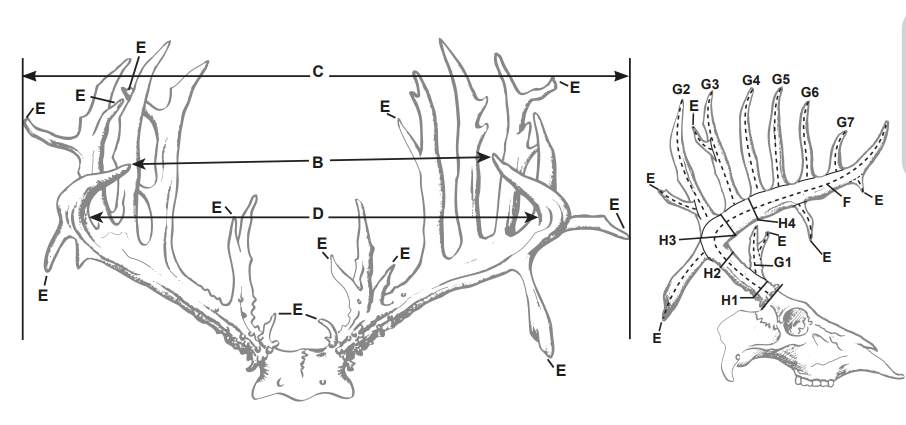
5 Steps to Score A Deer
There are five basic steps to score your deer. Let’s check it out:
1. Measure the main beam of the antlers
To measure deer antlers, the main beam of the antlers must be measured first. The main beams extend from the top of the skull towards its front end. They are the antlers from which all the other tines grow. The main beams can be measured using a string or steel cable placed at the base of the burr at the base of the skull.
Make sure that you trace the length of the main beam with the cable, and you should be very careful when working your way around the beam, that you hold the cable in place.
Once you have reached the end of the cable, use some tape and an alligator clip to mark the end of the cable. Take a measurement of the cable length, which is the length of one side of your main beam, and repeat on the other side.
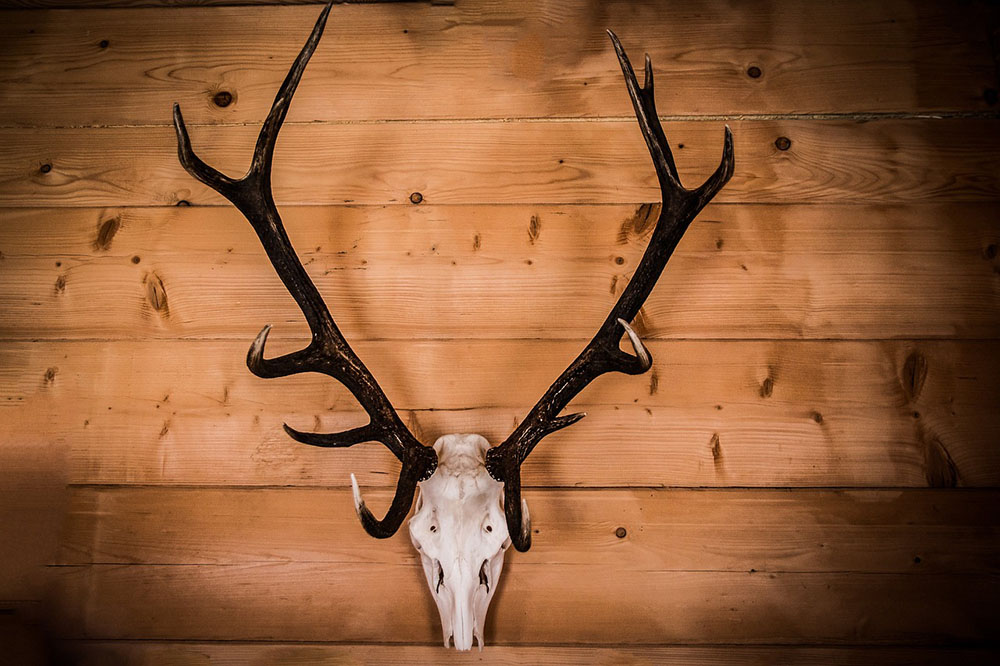
2. Tines or “G” Measurements
For each tine, measurements will be numbered starting with G. The G1 is usually the brow tine of the buck, while the G2 (usually the longest G measurement), would be the next tine away from the skull, the G3 would be the next tine, and so on.
These tines should be measured from the base to the tip of the point, beginning at the base. To measure the tines, mark a horizontal line between the main beam on the antler point and the tip of the tine.
3. Antler circumferences or “H” measurements
With a tape measure, there are four circumference scores for each side, regardless of how many tines the deer has. Measurement 1 is taken between the burr and the G1 (brow tine). Between G1 and G2, the second measurement is taken. Circumference measurements are known as H1, H2, etc.
4. Measure the inside spread of the main beams
This measurement is taken on the inside of the main beams, not from the outside of the beams. So to do this, you will need to determine the widest distance between the main beams, while at the same time trying to keep a 90-degree angle from the center line of the deer’s skull, to make sure that you get the best results.
5. Measure abnormal points
An abnormal point can be a broken or missing tine or point that counts toward the gross score. Taking the gross score and subtracting the abnormal points produces the total deer score. The overall score of antlers can be significantly reduced by abnormal points, and all abnormal points should be measured and recorded.
After calculating the total score, you can compare it to the Boone and Crockett scoring system to get an idea of where your deer ranks. This is the only way to get an official record of your deer’s score. Finally, you can submit the score to your state’s Record Keeping System.
Final Words
The scoring of a deer is one of the best methods for keeping track of the size of each harvest, comparing it with other harvests, and determining the quality of the deer as well.
Also, the scoring of a deer serves as an important means of tracking the population of a species and its health over time.
Furthermore, it is possible to recognize successful hunters based on deer scoring. Using this data, better management plans can be developed for the species, resulting in its long-term conservation.
In view of the above, it is very important to know how to score deer antlers correctly.


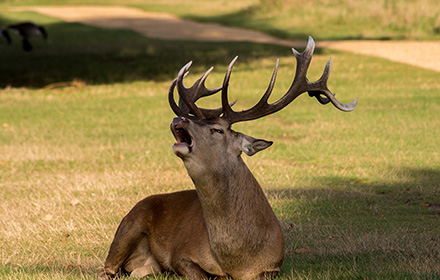






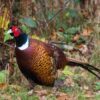
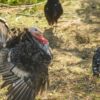



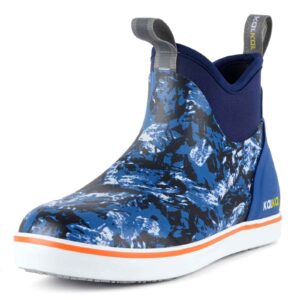
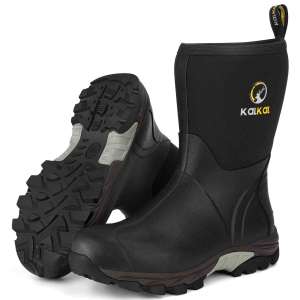




Leave a reply